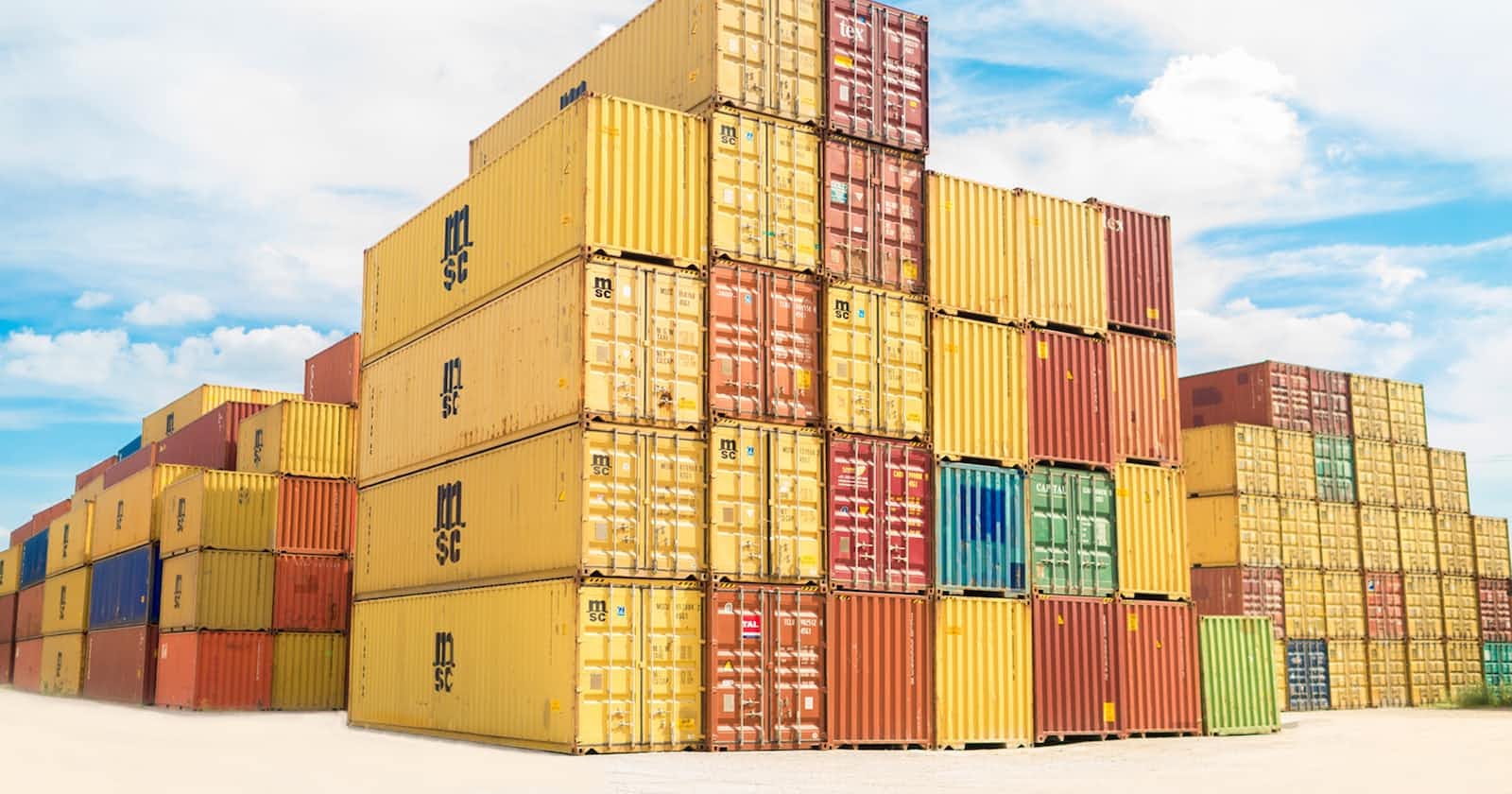
Photo by frank mckenna on Unsplash
Unveiling Containers: A Comparative Analysis of Real-World Containers and Software Containers
Comparing Physical Logistics with Virtualized Deployments
In the world of modern application development and deployment, containers have gained immense popularity. They provide lightweight and portable solutions for packaging and running applications. In this post, we will see in detail about the containers.
Real-world Containers vs. Software Containers
The real-world containers are the physical structures, that are designed to transport goods and materials. These containers are used in industries like warehousing, shipping, etc. These containers are made of robust materials, that could be transported in a variety of transportation.
Software Containers on the other hand are a virtualization technology, which provides a lightweight isolated environment for applications and their dependencies.
How container works?
The containers leverage the host operating system's kernel and resources. These lightweight environments separate the application within it and its dependencies from the host environment and other containers. The host os provides necessary resources to the container like storage, networking and system libraries.
Are Containers the Same as VMs?
Containers and virtual machines (VMs) serve different purposes and have distinct characteristics. Containers offer lightweight isolation at the operating system level, sharing the host's kernel. They provide faster startup times, efficient resource utilization, and higher density compared to VMs. VMs, on the other hand, create a completely virtualized environment with a separate guest operating system, allowing multiple operating systems to run on a single physical host. VMs provide stronger isolation but are typically heavier in terms of resource usage.
Pros and Cons of Containers
Pros
Portability: Containers provide consistent deployment and execution across different environments, making it easier to move applications between the development, testing, and production stages.
Scalability: Containers enable easy horizontal scaling, allowing applications to handle increased workloads efficiently.
Efficiency: Containers have a smaller footprint, faster startup times, and efficient resource utilization, enabling higher density on host machines.
Isolation: Containers offer process and file system isolation, ensuring that applications and their dependencies are encapsulated and don't interfere with each other.
DevOps-Friendly: Containers facilitate the adoption of DevOps practices, enabling faster application development, deployment, and continuous integration.
Cons
Limited Compatibility: Applications requiring low-level kernel access or specific hardware dependencies might face challenges when running inside containers.
Networking Complexity: Container networking requires careful configuration and management to ensure proper communication between containers and with the outside world.
Security Considerations: Container security practices, such as image scanning, isolation, and access control, are crucial to prevent potential vulnerabilities.
Containers have revolutionized the way applications are developed, deployed, and managed. They offer lightweight and portable environments, simplifying the process of running applications consistently across different platforms. By embracing containers and leveraging their advantages while addressing the associated challenges, organizations can unlock greater efficiency and flexibility in their application ecosystems.
